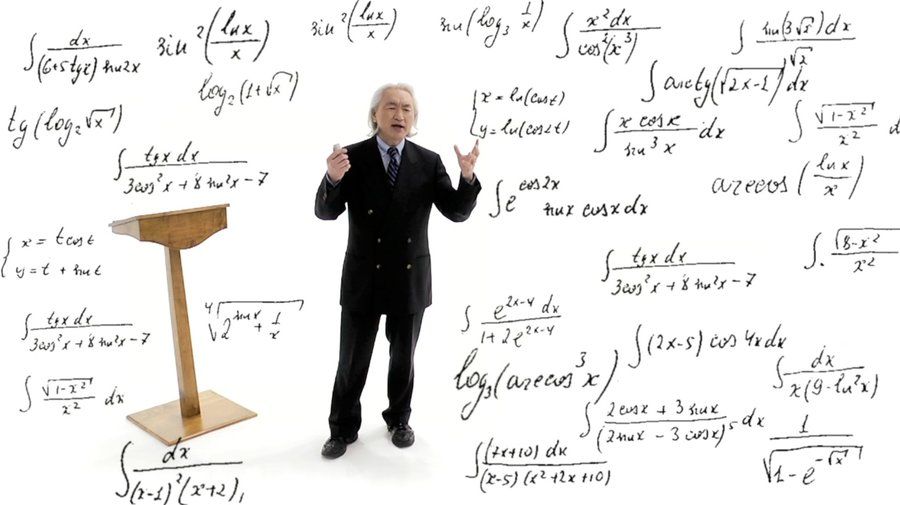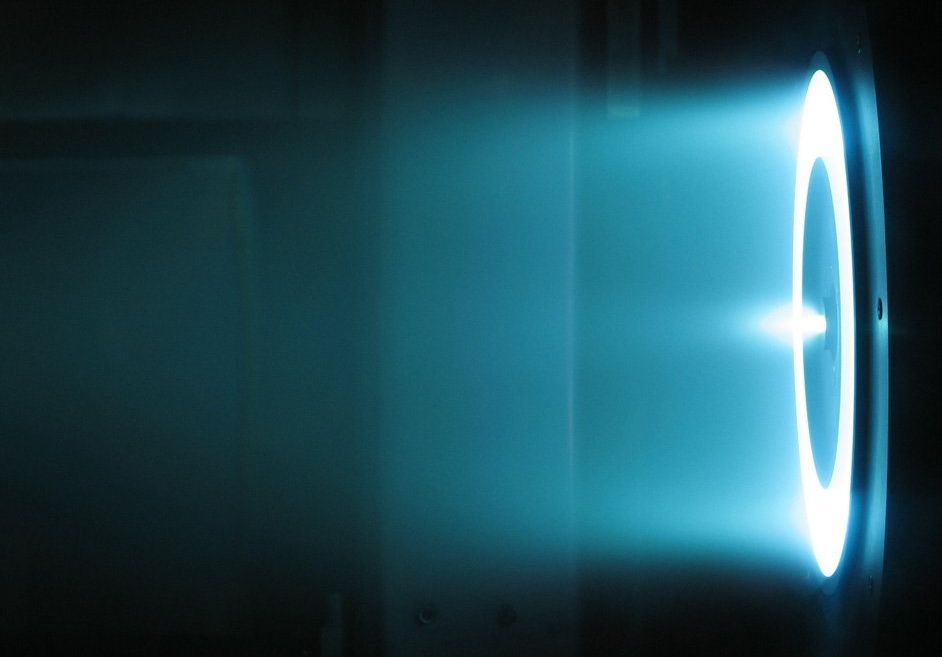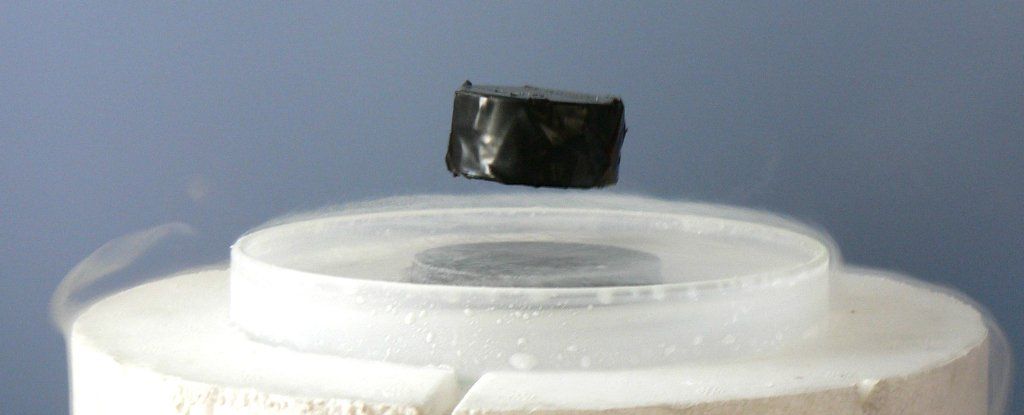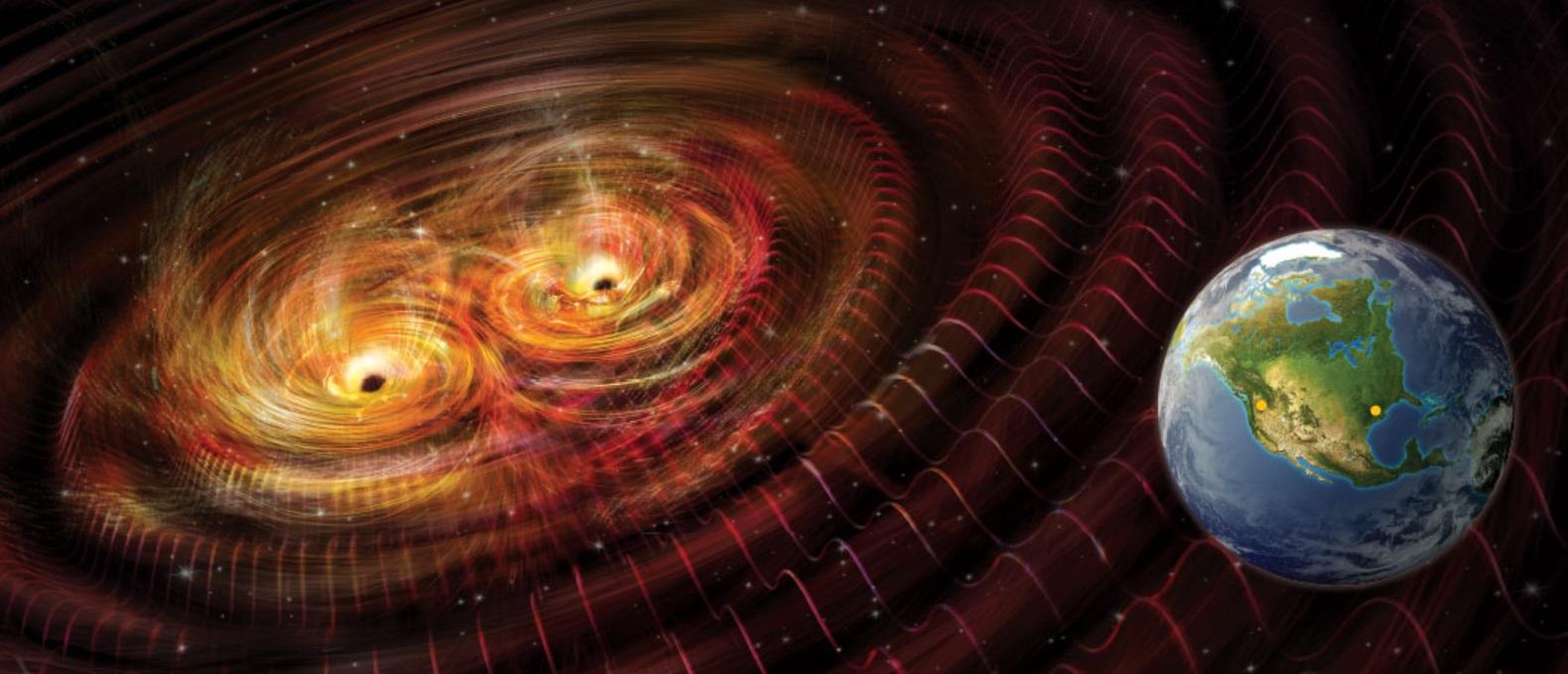What if we could find one single equation that explains every force in the universe? Professor Michio Kaku explores how physics could potentially shrink the science of the big bang into an equation as small as E=mc².



In August Hacked covered the rumor, then confirmed by NASA, that a paper by the NASA Eagleworks team, titled “Measurement of Impulsive Thrust from a Closed Radio Frequency Cavity in Vacuum,” to be published in December’s issue of American Institute of Aeronautics and Astronautics (AIAA)’s Journal of Propulsion and Power, a prestigious peer-reviewed scientific journal, will reveal promising experimental results on the controversial, “impossible” EmDrive propulsion system. Now, a NASA Eagleworks paper that could be the December paper, or a draft, has been leaked.
The EmDrive results are often dismissed because they appear to violate the fundamental conservation laws of physics, but possible models for the anomalous thrust effect have been proposed that, while belonging to highly imaginative areas of theoretical physics, could explain the controversial results without violating fundamental conservation laws.
The leaked paper was first shared in the NasaSpaceFlight forum, which is often the primary source of updates for all things EmDrive, and a Reddit thread that was then removed at the request of the Eagleworks authors, then posted with a commentary by tech news site Next Big Future. Of course, the paper could be removed again, and therefore those who want to read it before December might want to download it now.

https://youtube.com/watch?v=KPFnmGRZ8GQ
Optalysys’s technology performs a mathematical function called the Fourier transform by encoding data, say a genome sequence, into a laser beam. The data can be manipulated by making light waves in the beam interfere with one another, performing the calculation by exploiting the physics of light, and generating a pattern that encodes the result. The pattern is read by a camera sensor and fed back into a conventional computer’s electronic circuits. The optical approach is faster because it achieves in a single step what would take many operations of an electronic computer.
The technology was enabled by the consumer electronics industry driving down the cost of components called spatial light modulators, which are used to control light inside projectors. The company plans to release its first product next year, aimed at high-performance computers used for processing genomic data. It will take the form of a PCI express card, a standard component used to upgrade PCs or servers usually used for graphics processors. Optalysys is also working on a Pentagon research project investigating technologies that might shrink supercomputers to desktop size, and a European project on improving weather simulations.
In 2015, Optalysis built a prototype that achieves a processing speed equivalent to 320 Gflops and it is incredibly energy efficient as it uses low-powered, cost effective components.

My answer probably won’t be popular, but it will be verifiable with licensed psychometricians. There is currently no job known that can’t be done by someone with an IQ of at least 135. That is the Wonderlic occupational cutoff for theoretical physics and philosophy, the two occupations with the highest IQ minimum at this stage. Secondly, when Nobel Prize winning scientists (literary and peace laureates were ignored) at my alma mater U.C. Berkeley were tested for IQ (it had something to do with a eugenics sperm donation program that ultimately floundered), it was discovered they didn’t necessarily have “genius IQs” (IQs at or beyond 140). For instance, Nobel Prize winning biologist James Watson only scored 130-ish (and that was a childhood score, so his adulthood score was likely lower). Yet, some of their peers without Nobel Prizes did have astronomical scores. Thirdly—and I’ll go into more detail below—IQ scores above 135 aren’t particularly reliable. So it very well could be one person scoring 135, 157, and 162 on different tests.
Consequently I would say the answer to all your example questions is: “It’s a crap shoot”
Some additional trivia that may be useful later on for you: Because of the way intelligence tests are normed, test scores beyond a certain range (some psychometricians say it is anything beyond 136 to anything beyond 145, depending on who you ask) aren’t particularly reliable. An adult with a score of +135 on legitimate IQ tests will likely routinely score that high on other legitimate IQ tests they take. But it may be 140 on one test, 165 on another, and so on. However, I can all but guarantee such a person will only mention their highest score from all the IQ tests they’ve taken (legitimate or not). When I hear someone go on and on about their 180 IQ or whatever, almost invariably it’s someone talking about their personal best, not their average, and probably not their average exclusive to IQ tests recognized by the APA as legitimate.

In September 2016, a team of researchers from the University of Maryland announced that they had experimentally confirmed the existence of time crystals. That is, crystals that break the continuity of time. Confused? Let’s break this down.
In physics, “spatial symmetry” refers to the way a feature stays the same no matter which way you observe it. If you were to walk all the way around a sphere, it would look the same at each point in your journey. That’s because it has continuous spatial symmetry. A cube, on the other hand, would look slightly different as you passed from one face to the next, but would look identical at each face. This means it “breaks” continuous spatial symmetry and instead has discrete spatial symmetry: you can only see the same thing from specific directions. That’s the essence of a crystal: it breaks continuous spatial symmetry.
Symmetry also applies to laws of physics like gravity (you’d see an apple fall the same way no matter how you were watching it) and, importantly, time. The gears on a clock, for example, move continuously at any given rate as they spin on an axis of rotation, so they have a kind of continuous temporal symmetry. Just as a crystal breaks continuous spatial symmetry, a time crystal would break continuous temporal symmetry: its “gears” spin on an axis, but only with specific rates of rotation.

Researchers at the University of Houston have reported a new method for inducing superconductivity in non-superconducting materials, demonstrating a concept proposed decades ago but never proven.
The technique can also be used to boost the efficiency of known superconducting materials, suggesting a new way to advance the commercial viability of superconductors, said Paul C.W. Chu, chief scientist at the Texas Center for Superconductivity at UH (TcSUH) and corresponding author of a paper describing the work, published Oct. 31 in the Proceedings of the National Academy of Sciences.
“Superconductivity is used in many things, of which MRI (magnetic resonance imaging) is perhaps the best known,” said Chu, the physicist who holds the TLL Temple Chair of Science at UH. But the technology used in health care, utilities and other fields remains expensive, in part because it requires expensive cooling, which has limited widespread adoption, he said.

For the first time, researchers have achieved superconductivity — the phenomenon of electrical conductivity with zero resistance — in a material that’s not a superconductor.
The new technique demonstrates a concept that was first proposed back in the 1970s, but until now had never been proven, and it could lead to ways to make existing superconductors, like the ones used in MRI machines or maglev trains, cheaper and more efficient at higher temperatures.
“Superconductivity is used in many things, of which MRI (magnetic resonance imaging) is perhaps the best known,” said lead researcher Paul C. W. Chu from the University of Houston.


For decades, physicists searched in vain for evidence of gravitational waves, the stretches and squeezes in spacetime that were first predicted by Albert Einstein’s theory of general relativity a century ago. Even Einstein himself was uncertain that they existed. But then, in February and June of this year, scientists detected two events that produced gravitational waves.
Now that gravitational-wave detection is likely becoming a regular occurrence—we’ll probably find evidence of many more in the next few years—physicists are again pondering an obscure detail about gravitational waves that was once also thought virtually impossible to observe—gravitational-wave memory, which involves permanent changes in the distance between two objects.
“For so many years, people were simply concentrating on making that first detection of gravitational waves,” says Paul Lasky, and astrophysicist at Monash University in Australia. “Once that first detection happened, our minds have become focused on the vast potential of this new field.”

According to our best understanding of the Universe, if you travel back in time as far as you can, around 13.8 billion years or so, you’ll eventually reach a singularity — a super-dense, hot, and energetic point, where the laws that govern space-time breakdown.
Despite our best attempts, we can’t peer past that singularity to see what triggered the birth of our Universe — but we do know of only one other instance in the history of our Universe where a singularity exists, and that’s inside a black hole. And the two events might have more in common than you’ve ever considered, as physicist Ethan Siegel explains over at Forbes.
It might sound a little crazy, but, as Siegel reports, from a mathematical perspective, at least, there’s no reason that our own Big Bang couldn’t have been the result of a star collapsing into a black hole in an alternate, four-dimensional universe.